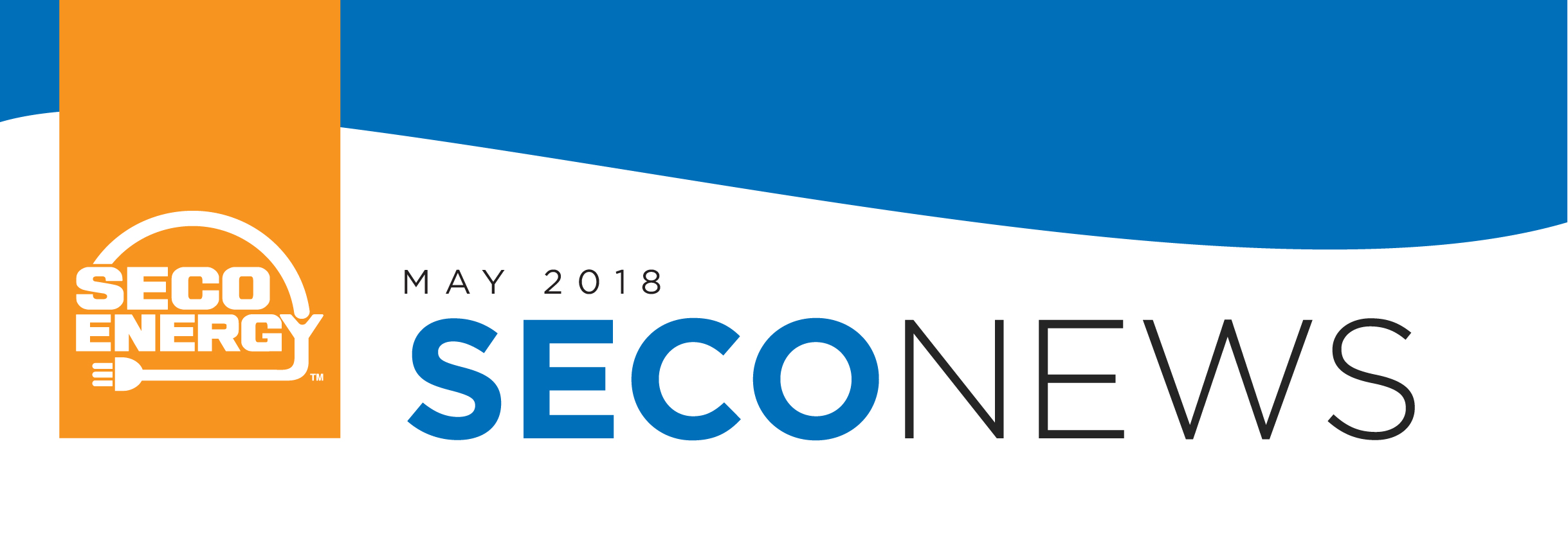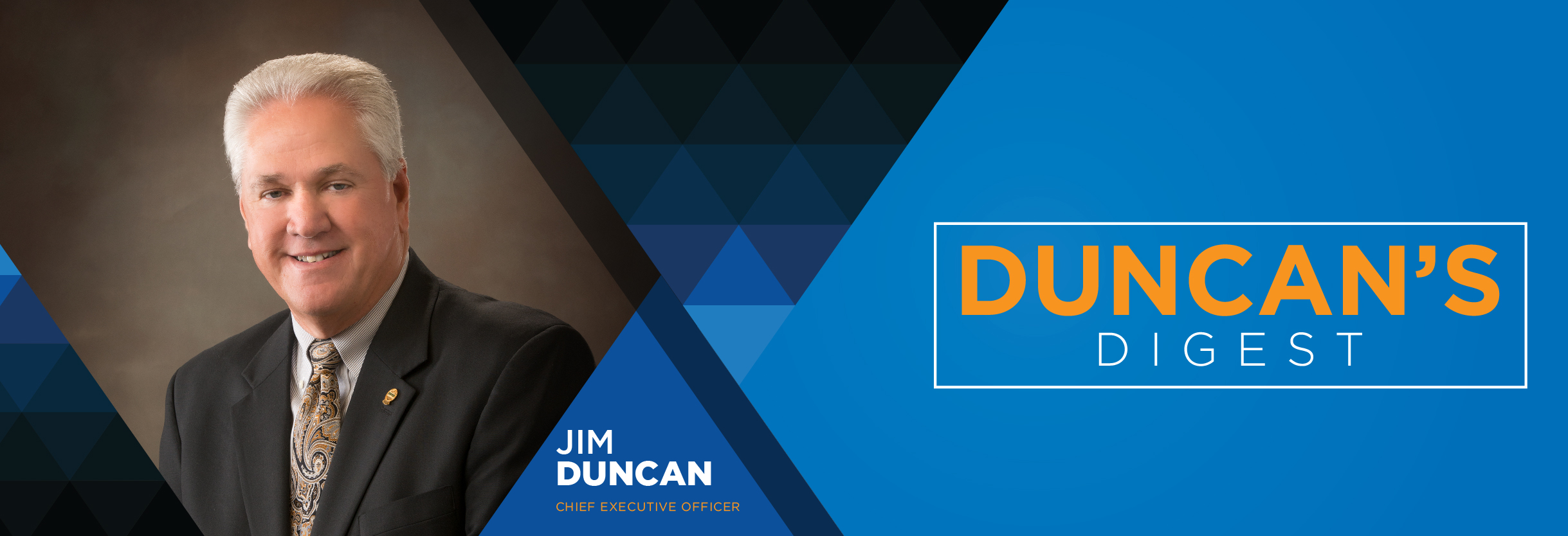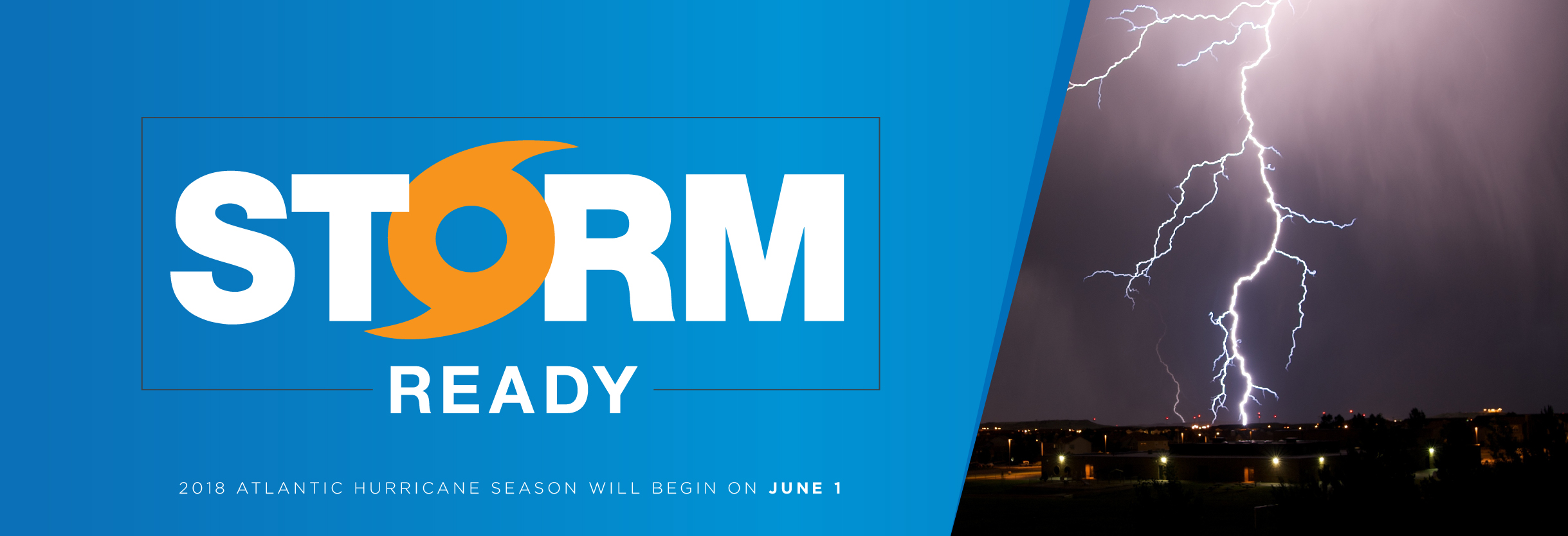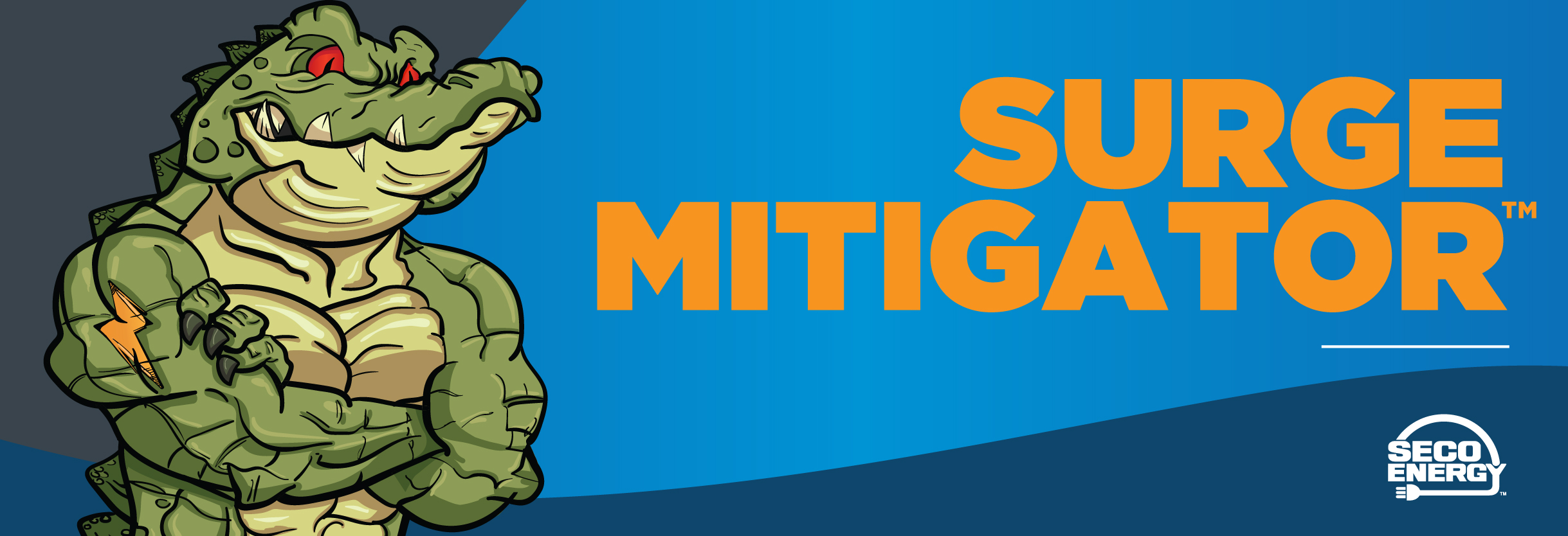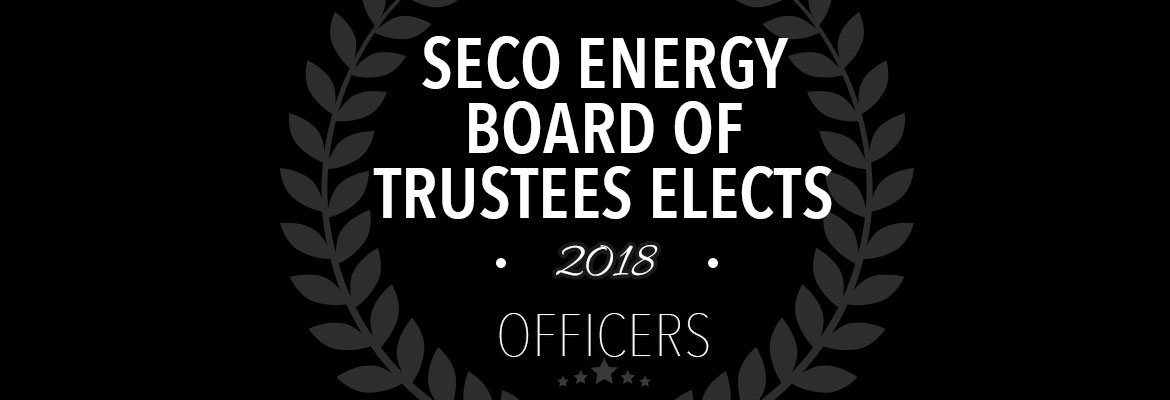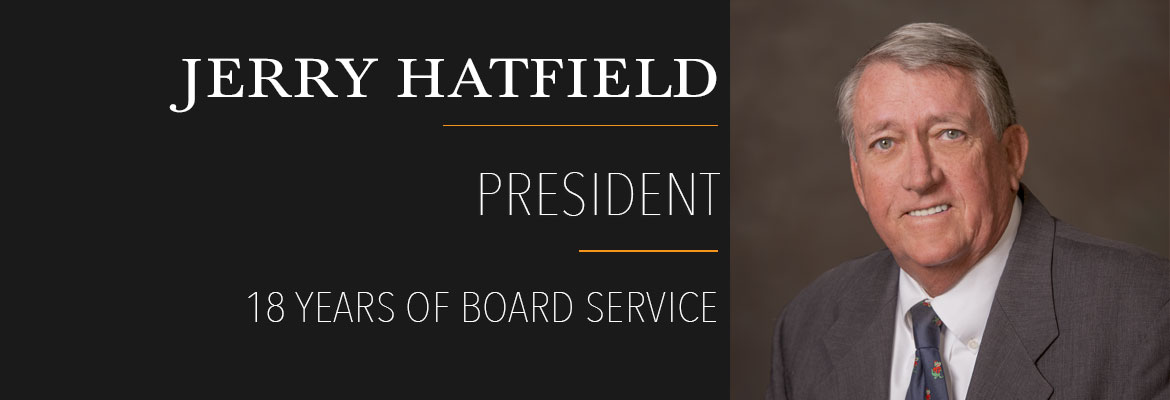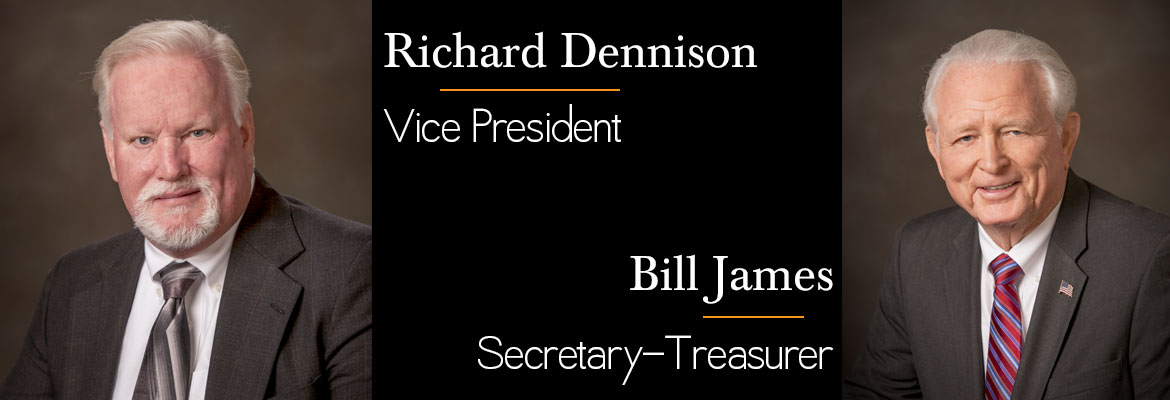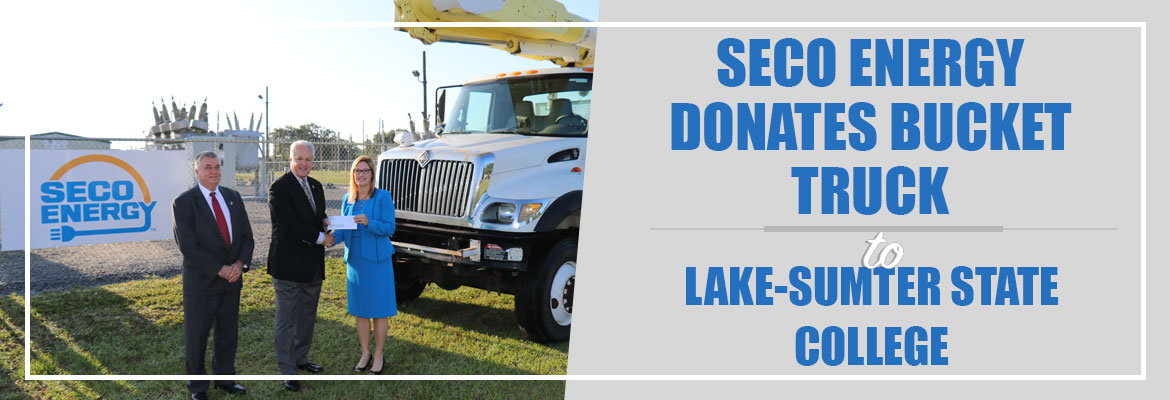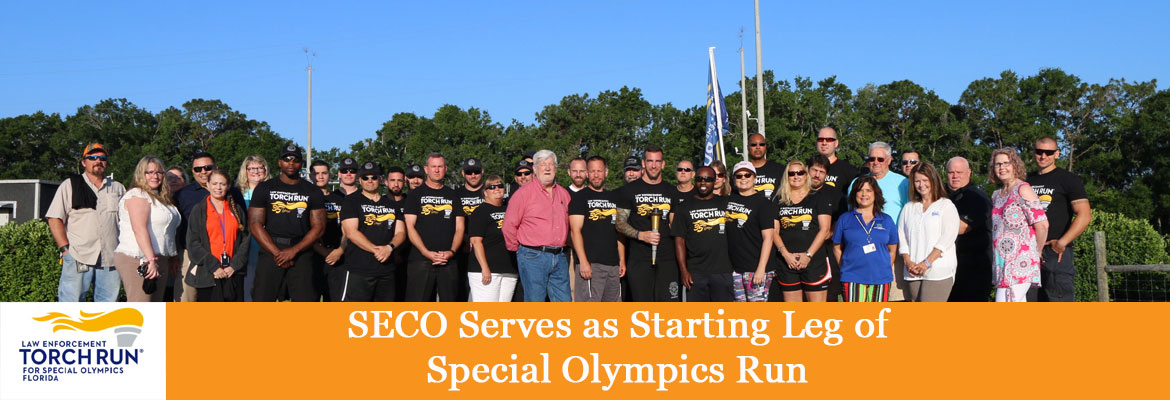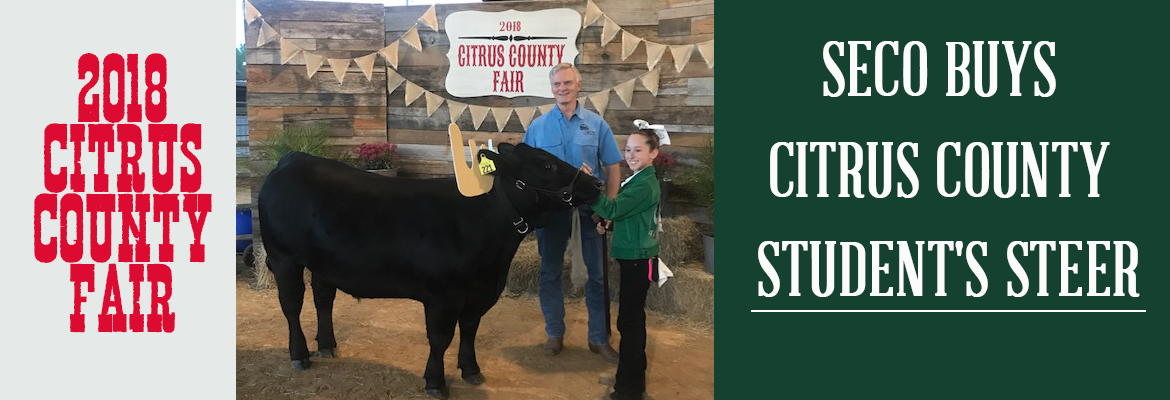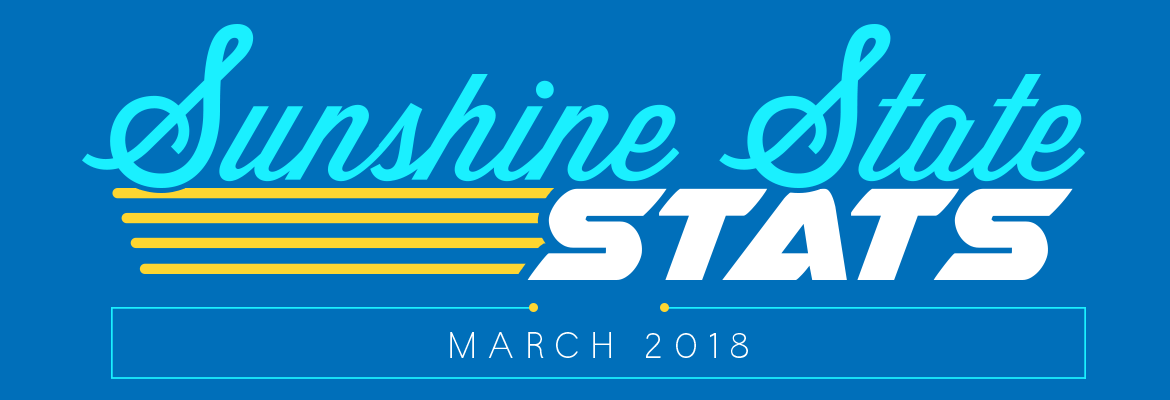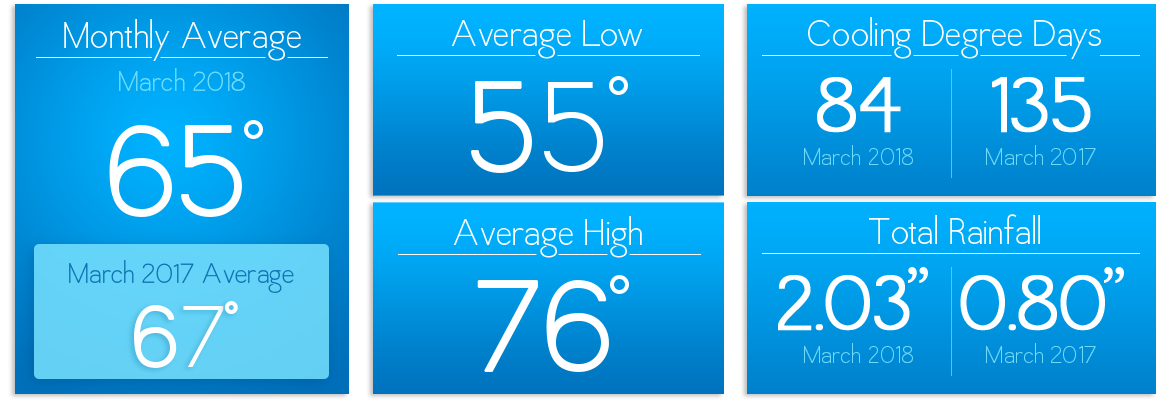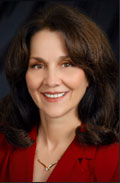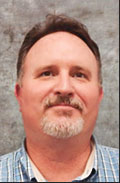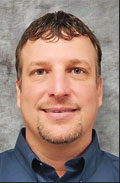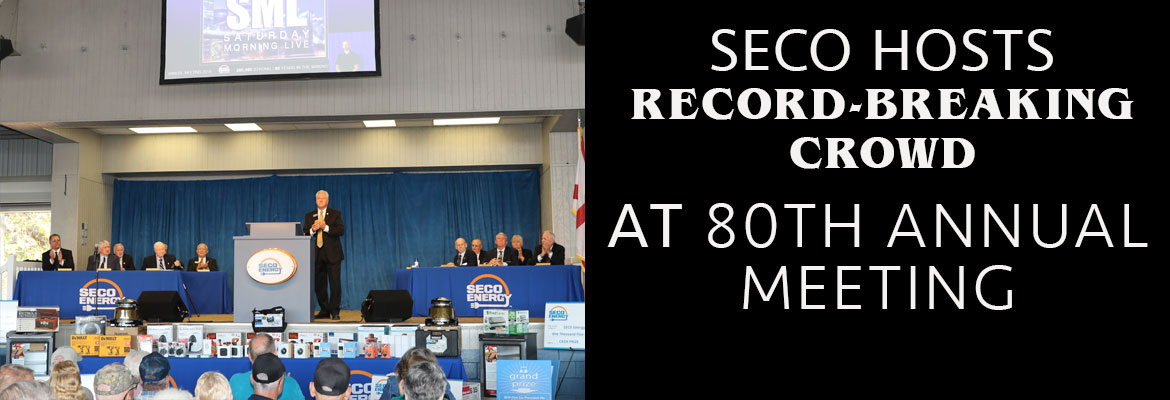Nature’s Reflections – Florida Osprey
The Fish Eagle – Master of the Catch
The osprey (Pandion haliaetus), Florida’s fish eagle, gets its name from the Latin word for sea eagle. These eagle-like birds of prey catch fish with impeccable precision and finesse. Measuring 21 to 24 inches in length, ospreys have long, pointed wings spanning six feet. The head, throat and undersides are white; the back, nape, tail and back of the head are dark brown with a black stripe located behind the eye. Ospreys have a conspicuous crook in the wing and a black “wrist” mark in flight which differentiates it from the Bald Eagle. Its usual call is a loud, whistle: chewk-chewk-chewk.
Found throughout the world except in polar regions, northern ospreys migrate to warmer climates. A year-round Florida resident, ospreys are often sighted near large lakes and rivers.
Feeding almost exclusively on fish, ospreys capture a meal by nose diving into the water. Its feet are built to grasp and hold fish. Ospreys’ reversible outer toe can rotate and extend to the foot’s rear to grasp its prey with two front toes and two back toes by plunging its strong, hooked claws to grip either side of its prey.
Osprey pairs breed at three years, and build a bulky nest of collected sticks and debris including seaweed, bones, driftwood, corn stalks and trash. It is a little smaller than a Bald Eagle’s nest. Ospreys have a fondness for high trees, towers and utility poles near the water’s edge and usually not far from where it was born.
Both parents incubate the clutch of two to three white, buff/pink eggs for 35 days. The young fledge at eight to ten weeks.
Ospreys are not neat carpenters; the large nests often appear on SECO pole crossarms. Nests, debris and often ospreys come in contact with electric lines resulting in power outages and possibly the bird’s death. During rain, or when nest material is wet, the damp material conducts electricity to the nest site.
Strictly following the requirements and limitations of the Florida Fish and Wildlife Conservation Commission, SECO exercises extreme care to protect these birds and their offspring by installing fiberglass nesting dishes to keep ospreys’ stick-built homes away from power lines in heavily osprey populated areas.
By placing the birds and nests out of harm’s way, SECO aids the survival of a protected species and helps prevent unexpected disruptions to your electric service. Ospreys enjoy having this secure nest and members enjoy watching the birds raise their families.
Installing nesting dishes near active osprey breeding sites is one of several initiatives to help protect our environment and the creatures that live within it.
Visit SECO’s YouTube channel to see osprey nest protection in action at the Dead River in Tavares.
Column & photos by Sandi Staton – sandi.staton@gmail.com
Read the full Nature’s Reflections article in the May 2018 SECO News online.




